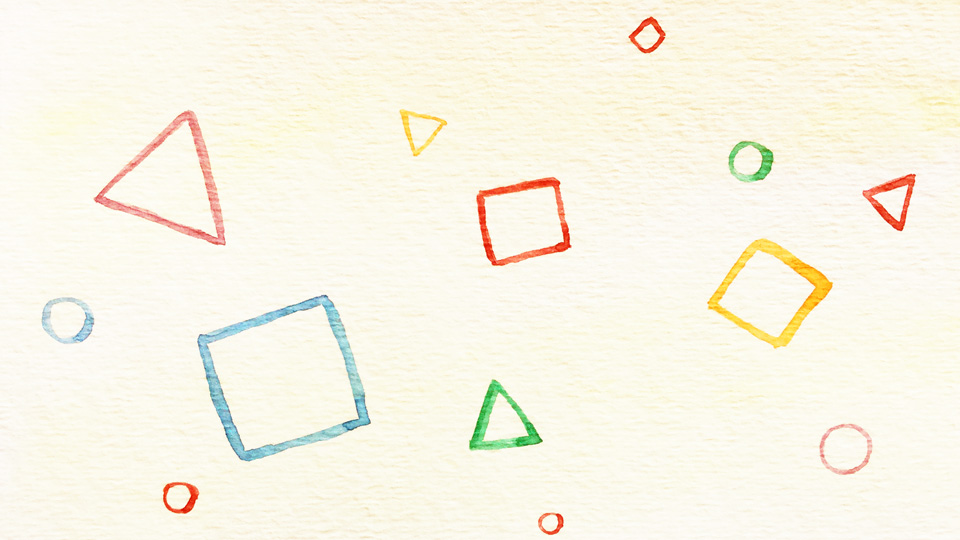Hi David,
I switch between using your video course and your book. I'm seeing meaningful progress that makes improvising a fulfilling and lovely process.
I'm currently in the section of your book on chord shapes. I was slightly confused about how to understand the different chord shapes in relation to the way we build chords from the major scale. For example, the 3- chord would be notes 3, 5, 7, 2 but this is also a minor seventh chord shape.
Should I be able to think of the 3- chord as 3, 5, 7, 2 and 1, b3, 5, b7 at the same time and be able to switch easily between the two ways of thinking about them? Or having I gotten mixed up in my understanding?
All the best,
Ravi
David's response:
Hi Ravi,
Your understanding of the chords and chord shapes is exactly correct. The tonal numbers (3, 5, 7, 2) are the notes from the overall key of the music which make up any given chord. And the chord shape (1, b3, 5, b7) is an observation about the internal distances between these notes.
So in your example of the 3- chord, you are absolutely right that the notes are 3, 5, 7 and 2, and that these notes form a minor seventh chord. You don't need to be in any rush to assimilate the new way of thinking, but you are right that over time you will learn to see the chord both ways. The guitar actually facilitates this process because the fretboard itself is so visual.
But please don't torture yourself trying to learn all of these relationships overnight. In fact it shouldn't take any effort at all. We just want to gradually grow in our ability to see these chord shapes and to notice them.
Practice tip
Here's a tip that will help you. Think of these two different points of view in the following way:
The tonal numbers are what the notes ARE. Think of the tonal numbers (3, 5, 7, 2 in your example) as your basic definition of the 3- chord. Practice expressing these notes all across your fretboard, using your knowledge that these are the four notes of the 3- chord.
The chord shape is something you know ABOUT the notes. Think of the chord shape (1, b3, 5, b7 in your example) as something that you visually observe in the notes that you're playing. In other words, as you play the notes 3, 5, 7, and 2 across your fretboard, one of the things that you can see about these notes is that together they form a minor seventh chord.
 A great way to strengthen the first part is to practice singing the tonal numbers to each chord. We do this work together in Sing the Numbers 3: Seven Worlds. For each harmonic environment we have a chord note track in which the entire lesson uses just the chord notes. This is one of the fastest and most effective ways to permanently learn and remember the tonal numbers that make up each chord.
A great way to strengthen the first part is to practice singing the tonal numbers to each chord. We do this work together in Sing the Numbers 3: Seven Worlds. For each harmonic environment we have a chord note track in which the entire lesson uses just the chord notes. This is one of the fastest and most effective ways to permanently learn and remember the tonal numbers that make up each chord.
Then a great way to strengthen the second part is to practice creating the four basic chord shapes (major, dominant, minor, minor b5) in all different configurations on your fretboard. By spending time improvising with these chord shapes, you'll start to remember which is which and you'll be able to spot them instantly when you see them.
Then what's going to happen is that when you go back to playing our tonal chord concepts like the 3- chord (this time thinking to yourself that the notes are 3, 5, 7 and 2), you won't be able to help noticing that this is also a minor seventh chord. It won't even take any effort. You'll just see that the shape that your left hand is tracing on the fretboard is the minor seventh chord shape that you've been learning to build all over the fretboard.
So just try to balance your time between improvising with tonal concepts (like the 3- chord) and improvising with chord shape concepts (like a minor seventh chord). The simple practice of alternating between these two concepts will lead you very naturally to being able to see both at once.
Have fun!
David
